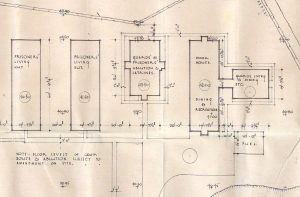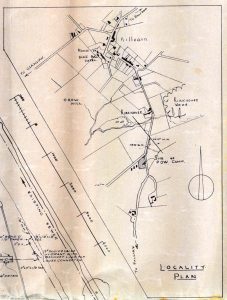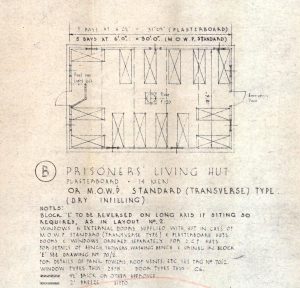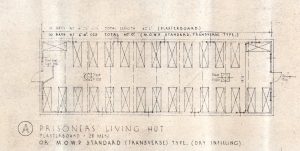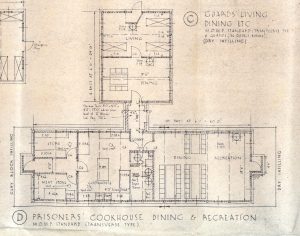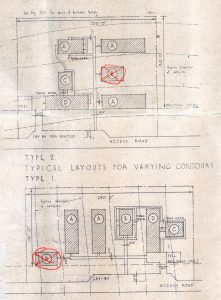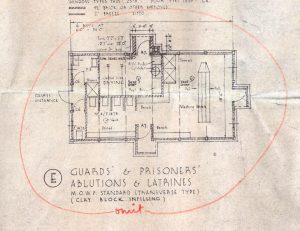Over the course of World War Two, more than 500,000 prisoners of war (POW) arrived in Britain. Camps were situated throughout the county with army barracks and even stately homes used as accommodation. The sudden influx of POWs, however, led to a rush to quickly build temporary camps. The POW camp near Killearn was one of these camps.
Very little is known about the POW camp in Killearn. Indeed, it is isn’t even listed as being an official POW camp. See: http://www.theguardian.com/news/datablog/2010/nov/08/prisoner-of-war-camps-uk
So why is Killearn absent from the list of known POW camps in Britain? Officially, every POW camp was given a number. This ran up to 1,026, although there is no clear evidence that every number represented a camp. There are substantial gaps within this sequence and to add to the confusion camps were re-named and re-numbered several times.
The main reason, however, is that few official lists of POW camps in Britain remain. The camps were always going to be temporary and the majority were destroyed after the war. Houses now stand on where many temporary camps used to sit, making it very challenging to pinpoint their location.
The presence of the camp in Killearn is confirmed through plans present within the Stirling County Council collection. The plans were submitted in March 1943 by the Ministry of Defence and approved in July. The site plan for the camp shows that it was located where Drumbeg Loan meets the A875.
The layout and organisation of the camp confirm that it was very small. Onsite there were two prisoners’ living huts, a washroom area, and a dining room/cook house with the guards living quarters attached. The plans state that 28 people could be placed within one prisoners’ hut. This means there would have been around 50 POWs at the camp plus several guards.
It is unclear how long the camp stayed in the area. It would possibly have been used until at least 1946 as Prime Minister Clement Atlee did not order the immediate release of POWs until long after the war ended.
